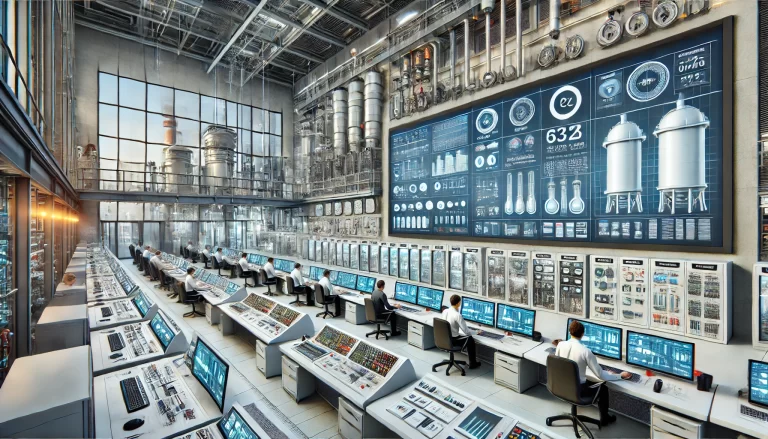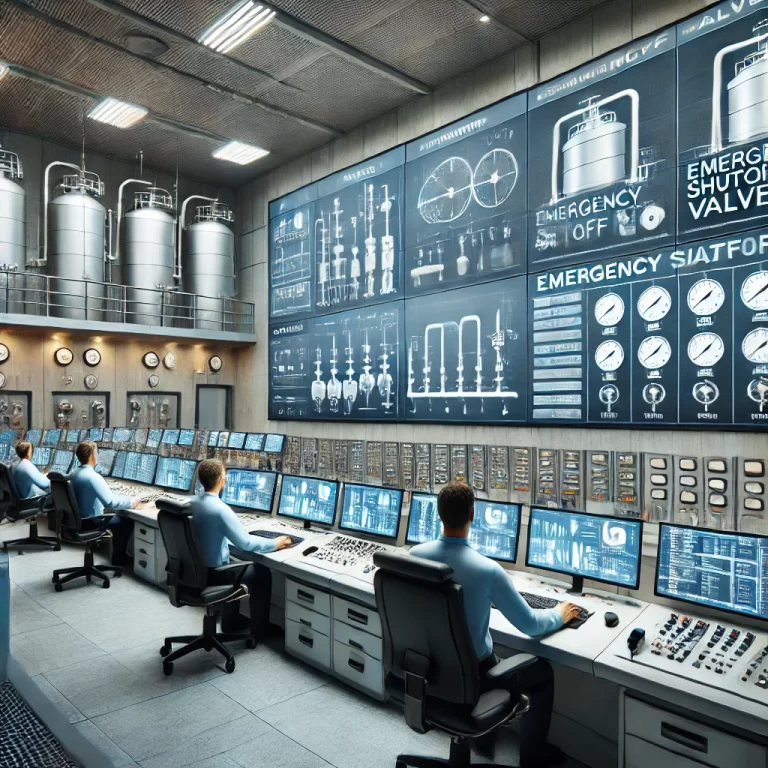In high-risk industries such as chemical and petrochemical production, automation and instrumentation systems serve as the “central nervous system” of safe operations. Hidden failures or improper configurations in systems such as DCS, PLC, SIS, and GDS can lead to serious safety hazards. This document outlines key inspection guidelines and best practices based on GB, IEC, ISA, API, and NFPA standards, with reference to the “Guideline for Risk Identification and Hazard Rectification in Hazardous Chemical Enterprises.”
🔹 1. Distributed Control System (DCS): Foundation of Automation Safety
Key Standards:
GB/T 50770-2013: Control room temperature 20 ± 2°C, humidity ≤ 60% RH.
IEC 61511-1:2016: SIL2+ systems require 1oo2D redundancy.
EEMUA 191:2013: Alarm per HMI screen ≤ 10.
Inspection Points:
Simulate power loss to test redundant controllers and communication modules.
Check alarm history; invalid alarms >5% trigger corrective actions.
Real Case: A plant failed to implement controller redundancy, causing a shutdown. They were later upgraded to a dual-redundancy system.

🔹 2. Programmable Logic Controller (PLC): Hardwired Safety for Machines
Key Standards:
GB 5226.1-2019: Emergency stop circuits must not rely on PLC logic.
ISO 13849-1:2015: Dual-channel safety circuits required.
IEC 61131-2:2007: Analog inputs must resist ≥10V/m RF interference.
Inspection Points:
Disconnect power to verify emergency loop independence.
Inject high-frequency signals (e.g., 100kHz) to test noise immunity.
Real Case: A plant used communication for emergency stop and was penalized.

🔹 3. Safety Instrumented System (SIS): Final Protective Barrier
Key Standards:
GB/T 50770-2013: PFDavg must meet SIL target limits.
IEC 61511-1:2016: Full chain (sensor-controller-actuator) analysis required.
API RP 576-2020: Partial Stroke Test (PST) ≥15% every month.
Inspection Points:
Use SIL tools (exSILentia or SILCalc) to verify PFDavg calculations.
Confirm dual authorization and timeout management for bypass.
Test valves with tools like ValveSight.
Real Case: A SIL2 loop ignored common cause failure and failed verification.

🔹 4. Gas Detection System (GDS): Sentinel for Hazardous Leaks
Key Standards:
GB/T 50493-2019: Max distance to gas source: 7.5m (flammable), 0.3–0.5m height (toxic).
JJG 693-2023: Calibration gases at 0%, 50%, 100%; uncertainty ≤2%.
NFPA 72-2022: Alarm response ≤30s (flammable), ≤60s (toxic).
Inspection Points:
Simulate gas diffusion using CFD software.
Validate calibration certificate from CNAS-accredited lab.
Test fan linkage: ≥12 air changes/hour.
Real Case: Incorrect methane detector height caused compliance failure.
🔸 Special System Management: Building a Closed Safety Loop
Key Requirements from National Guidelines:
SIS and DCS logic changes must follow MOC procedures with HAZOP.
Full-loop testing annually for SIS systems.
Documented evidence of SIL verification, calibration, redundancy testing, and training must be readily available for audits.

✅ Visual Infographic Structure (Suggested Diagrams)
System Overview Schematic
→ DCS, PLC, SIS, GDS architecture with data/control flowAlarm Management Dashboard
→ Good vs. Bad alarm designs per EEMUA 191PLC Safety Loop Diagram
→ Redundant hardwiring with ISO 13849 layoutSIL Calculation Flowchart
→ How PFDavg is calculated and verifiedGas Detector Placement Map
→ Sensor spacing and height reference by gas type
